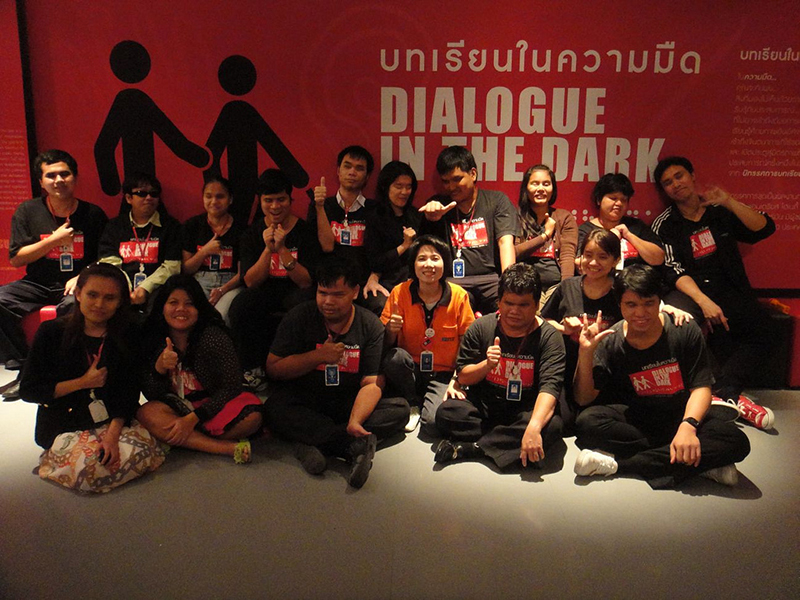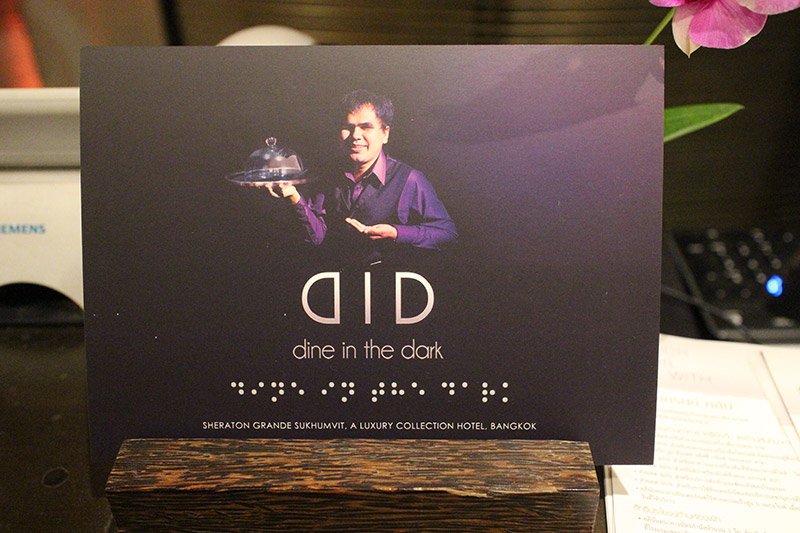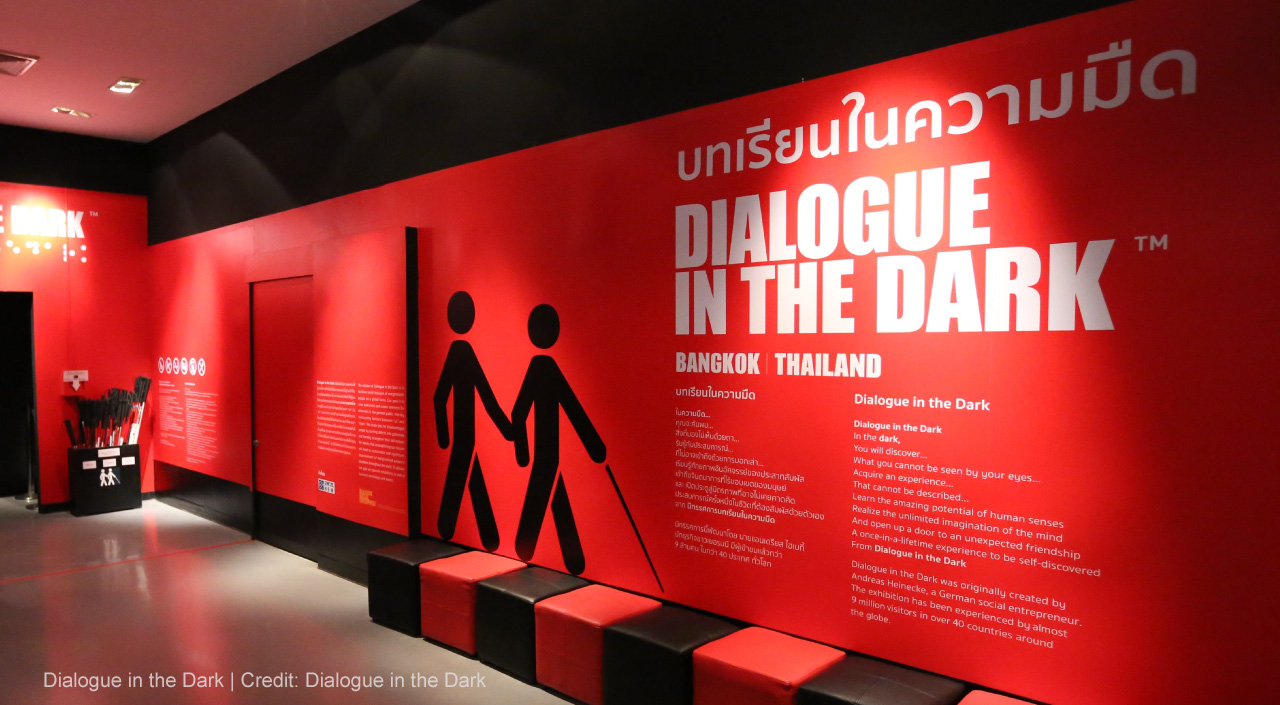A Distance in an Acoustic World
We all know that during the day bats lie low in the caves and go hunting at night. Meanwhile, dolphins produce high-frequency clicks to locate objects nearby to find food and help them navigate through the dark or murky waters. Scientific studies on nocturnal and other animals’ mobility within impenetrable environments have shown that these animals use specific sound waves to detect objects and gauge the distance. This technique is called “echolocation”.
In layman’s terms, echolocation is the way the said animals compare the sound of their cries with the sound of the returning echo. Through this method, they could estimate the distance and direction of the objects and improve their navigation through their surroundings.
Echolocation in humans is the ability to use the sense of hearing, or auditory senses, to gather information and support an individual’s ability to move around. Neuroscientists have confirmed that echolocation is more likely to work better in people who are visually impaired.
Normally, the visual brain area in sighted people will work along with the auditory brain area; therefore, sighted people will explore the surroundings by their eyes rather than using their ears to observe the environment. But for the visually impaired, the auditory part is more effectively developed as the visual brain part is not needed. They are more sensitive to sounds and acoustic signals and could detect the reflected sounds to gain information about their surroundings.
Echolocators, or people who can “see” with their ears, create the echo signals, which strike the surfaces of their surroundings, and listen to the reflecting echo. These waves are reflected off the walls, the ground, and any other obstacle in the environment before returning to each ear with an independent time and intensity. When echolocators produce sound waves by clicking their tongue, they will listen to echoes and will picture the objects in their mind. Once the picturing process is done, the echolocator will have their own map in their mind and begin to move.
That’s why we could see many visually impaired people trekking, surfing or even riding on a bike. Since there are no mobility limitations for echolocators, they prefer to call themselves “hearing people” rather than the blind. They claim that they could see things like sighted people, but do so in a different way.
This special ability needs to be trained. Daniel Kish, the founder of World Access for the Blind, a global charity, has put all the scientific facts and theories together into a curriculum and practice so that he can share the “Flash Sonar” echolocation program with the world. Kish lost both eyes to retinal cancer when he was 13 month old, and taught himself how to navigate around using echolocation.
Thailand is now collaborating with World Access for the Blind to train echolocation coaches. The coaches would then launch designed classes for the visually challenged throughout the country. The pilot project, started in October last year, produced a group of qualified echolocation trainers for Thailand. A series of national courses for the public is expected to be launched nationwide by early next year under the supervision of echolocation masters and coaches. The objective of the program is not just to improve the blind’s mobility but also give them a chance to live an independent, quality life.

‘Dialogue in the Dark’ has guides on hand to help visitors | Credit: Dialogue in the Dark
If you want to know what it feels like to use your auditory senses rather than your sight, I’d like to encourage you to spare a few hours of your time to check out Dialogue in the Dark, which is currently underway on the fourth floor of the Chamchuri Square building in Bangkok’s Pathumwan district. Designed to bridge the gap between society and the visually impaired, the exhibition provides visitors with an extraordinary learning experience and a better understanding of life in the acoustic world. Guided tours of the exhibition are provided and divided into rounds, each consisting of a group of eight visitors led by a guide. Check their schedule for interesting workshops and activities of the month.

‘Dine in the Dark’ at the Sheraton Grande Sukhumvit | Credit: Dine in the Dark
After the exhibition visit, take the MRT to Sukhumvit station and try the Sheraton Grande Sukhumvit’s Dine in the Dark inner for a unique gastronomic experience. This is a fine-dining restaurant where guests dine in complete darkness and the food is served by visually impaired staff. The visually absent feast provides patrons with a glimpse into a world without sight. Within a very short period of time, they will feel enhanced in their senses of hearing, touching and tasting as their visual senses are switched off.

A visually impaired host guides a diner to her table | Credit: Dine in the Dark
Those who are blind do not need our help. What they need is understanding and awareness of their limitations. They want to live normal lives just like everyone else. So it is important that we try our best to understand their world, and support these organizations that work hard to bridge the gaps in our society to make this world a better place for all.
Dialogue in the Dark, Thailand
Chamchuri Square, fourth floor
Opening hours: Mon
Fri, 11am – 5pm, Sat – Sun, 11am – 5.30pm
Tickets: THB 90 for adult,
THB 50 for children,
Tel. 02 160 5356
Dine in the Dark, Bangkok
Sheraton Grande Sukhumvit,
ground floor
Opening hours: Mon – Sat,
6pm onwards (last orders at 9.30pm)
Tel. 02 649 8358 or 02 649 8888







